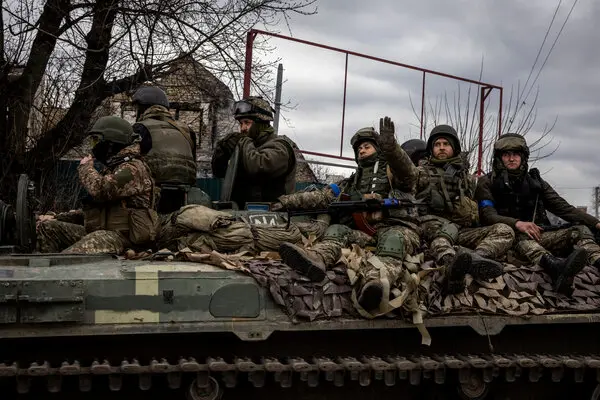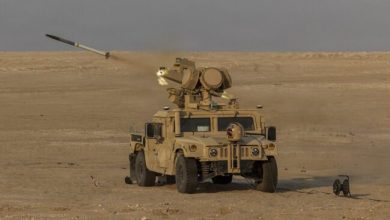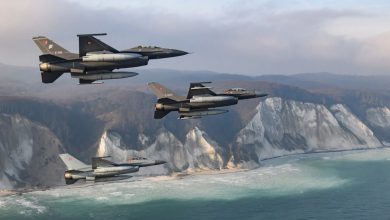Russia mulls recruiting soldiers over 40 years old as it struggles in Ukraine

In a sign of Russia’s urgent need to bolster its war effort in Ukraine, parliament said on Friday it would consider a bill to allow Russians over 40 and foreigners over 30 to sign up for the military.

“For the use of high-precision weapons, the operation of weapons and military equipment, highly professional specialists are needed. Experience shows that they become such by the age of 40–45,” it said.
Currently, only Russians aged 18-40 and foreigners aged 18-30 can enter into a first contract with the military.
Russia has suffered huge setbacks and heavy losses of men and equipment in the 86-day-old war, in which Ukraine has mobilized practically its entire adult male population. Despite taking full control of the ruins of Mariupol, Moscow remains far from its objective of seizing all of the Donbas region of eastern Ukraine.
“Clearly, the Russians are in trouble. This is the latest attempt to address manpower shortages without alarming their own population. But it is growing increasingly difficult for the Kremlin to disguise their failures in Ukraine,” said retired U.S. General Ben Hodges, a former commander of U.S. Army forces in Europe.
Jack Watling, a land warfare specialist at the British security and defense think tank RUSI, said the Russian military was running short of infantry.
“Russia needs to stabilize manning in its military units in Ukraine and generate new units if it is to improve its position on the ground,” he said.
“This will be a slow and complicated process, but can be accelerated by mobilizing people with existing skills and military experience.”
The Duma said the proposed legislation would also make it easier to recruit civilian medics, engineers and operations and communications specialists.
Separately, Russian Defence Minister Sergei Shoigu said on Friday that Russia was forming 12 military units in its western military district in response to rising threats there, citing NATO membership bids by Finland and Sweden.





